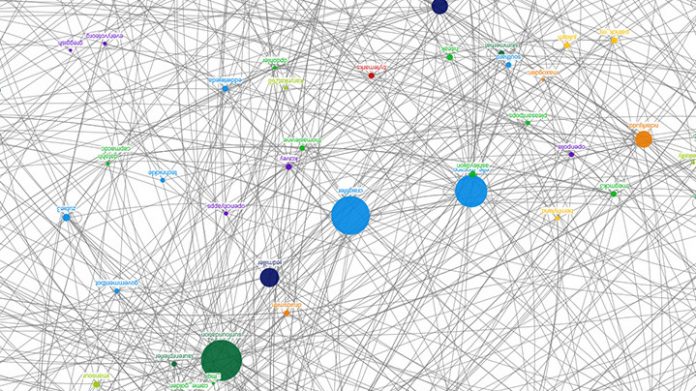Researchers from North Carolina State University and the Army Research Office have demonstrated a new model of how competing pieces of information spread in online social networks and the Internet of Things (IoT). The findings could be used to disseminate accurate information more quickly, displacing false information about anything from computer security to public health.
“Whether in the IoT or on social networks, there are many circumstances where old information is circulating and could cause problems – whether it’s old security data or a misleading rumor,” says Wenye Wang, co-author of a paper on the work and a professor of electrical and computer engineering at NC State. “Our work here includes a new model and related analysis of how new data can displace old data in these networks.”
“Ultimately, our work can be used to determine the best places to inject new data into a network so that the old data can be eliminated faster,” says Jie Wang, a postdoctoral researcher at NC State and first author of the paper.
In their paper, the researchers show that a network’s size plays a significant role in how quickly “good” information can displace “bad” information. However, a large network is not necessarily better or worse than a small one. Instead, the speed at which good data travels is primarily affected by the network’s structure.
A highly interconnected network can disseminate new data very quickly. And the larger the network, the faster the new data will travel.
However, in networks that are connected primarily by a limited number of key nodes, those nodes serve as bottlenecks. As a result, the larger this type of network is, the slower the new data will travel.
The researchers also identified an algorithm that can be used to assess which point in a network would allow you to spread new data throughout the network most quickly.
“Practically speaking, this could be used to ensure that an IoT network purges old data as quickly as possible and is operating with new, accurate data,” Wenye Wang says.
“But these findings are also applicable to online social networks, and could be used to facilitate the spread of accurate information regarding subjects that affect the public,” says Jie Wang. “For example, we think it could be used to combat misinformation online.”
The paper, “Modeling and Analysis of Conflicting Information Propagation in a Finite Time Horizon,” is published in the journal IEEE/ACM Transactions on Networking. The paper was co-authored by Cliff Wang of the Army Research Office.
The work was done with support from the National Science Foundation, under grants CNS1423151 and CNS1527696; and from the Army Research Office, under grant W911NF-15-2-0102.




